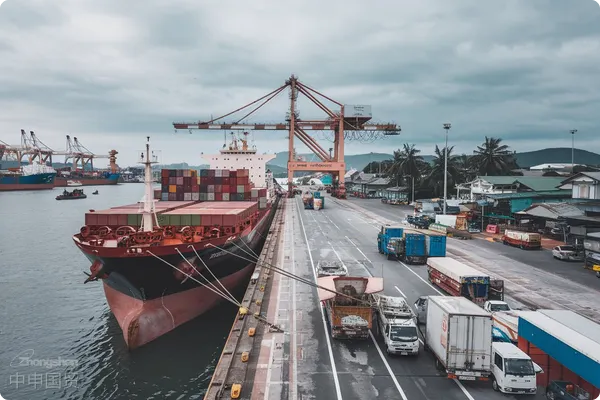- Shanghai Zhongshen International Trade Co., Ltd. - Two decades of trade agency expertise.
- Service Hotline: 139 1787 2118

Under new industry regulationsEquipment ImportsSpecial considerations
The EUs MDR 2025/32 directive implemented in 2025 classifies food processing equipment as Class IIbMedical Equipmentrequiring importers to provide antibacterial performance test reports for equipment surface materials. The updated US FDA 21 CFR 112 regulation adds new corrosion resistance testing standards for conveyor belt materials. These two changes directly affect customs clearance efficiency for 70% of Chinas imported automated kitchen equipment.
Typical risk scenarios and response strategies
A typical case encountered by a chain catering enterprise importing German modular cooking systems in 2024:
- HS code misclassification:Mistakenly classifying 8516.79 (electric food processing equipment) as 8438.80 (industrial cooking equipment), causing comprehensive tax rate to increase from 9.7% to 17.3%
- Incomplete Documentation:Failure to obtain UKCA-EC type inspection certificate resulted in 42-day port detention of equipment
- Logistics solutions:Choosing ordinary container transportation resulted in moisture damage to equipment worth 3.8 million yuan
Five-step professional agency service process breakdown
- Needs Assessment Phase
- Equipment power parameter compliance pre-review (focusing on EU ErP Directive)
- Interface standard compatibility analysis (ISO 15066 machinery safety requirements)
- Declaration preparation stage
- Preparation of technical trade measures (TBT) response document package
- Invocation of pre-classification dispute resolution database for declaration elements
Four-dimensional model for service provider capability assessment
Core competency matrix that professional agency service providers should possess:
- Qualification dimension:AEO Advanced Certification + specific equipment import filing
- Experience dimension:Successful operation cases of over 20 similar equipment units
- Network dimension:Localized customs clearance team configuration at major ports
- Risk control dimension:Tariff guarantee insurance + port congestion emergency handling mechanism
Key compliance milestones for 2025
Regulatory changes import enterprises need to pay special attention to:
- South Korea implements new KFDA regulations on equipment surface temperature limits starting March 1
- Complete CE certification conversion for existing equipment by June 30
- U.S. Customs launches automated equipment special inspection campaign starting September 1
The value of professional agency services lies not only in shortening customs clearance by 15-20 working days, but also in achieving 3.6%-8.2% tariff optimization through HS pre-ruling mechanism. Choosing service providers with overseas technical regulation tracking systems can provide 6-8 months early warning of compliance risks, avoiding return losses due to standard updates.
Related Recommendations
? 2025. All Rights Reserved. Shanghai ICP No. 2023007705-2  PSB Record: Shanghai No.31011502009912
PSB Record: Shanghai No.31011502009912










